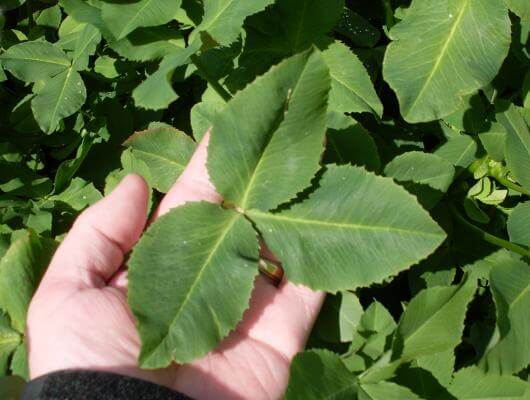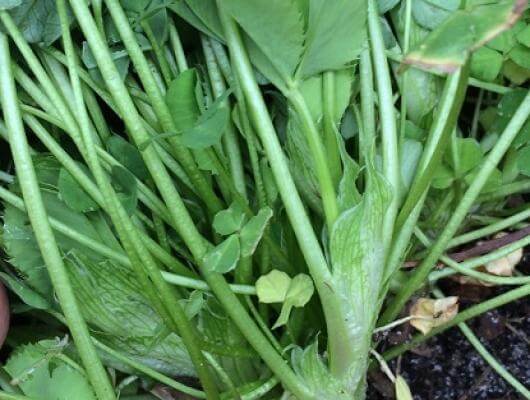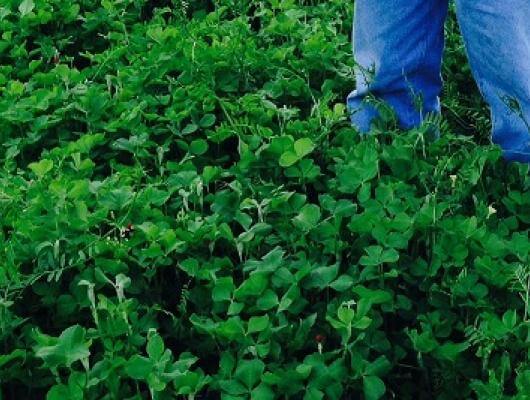New Clover Tool
Thanks to a good bit of help from Dr. Joe Bouton, we have expanded the clover section of our SmithSeed.com website to include detailed information on nine of the most common cool-season clover species we offer. Each species has a dedicated page complete with descriptions and detailed charts including information on planting, usage, tolerances and more. In fact, there are over 40 different characteristics identified for each species. While by no means is it meant to be an all-inclusive resource, it can serve as a quick reference tool. Take a look at it for yourself at smithseed.com/seed/clover/clovers.shtml.
Balansa Clover - Trifolium michelianum
Very adaptable, unbelievable growth
Once you see balansa clover, you’ll never forget it. Especially if you observe this annual clover at multiple times from initial planting to full maturity. Balansa starts off with very little visible growth in the fall. Mostly what can be seen is a small multi-branched rosette emerging from a single taproot. During this stage balansa branches are close to the ground. This growth pattern allows the young balansa plants to both persist and form additional branches even under intensive grazing regimes. Over the winter, the roots continue to grow, although not much top-growth is visible. Then, in early spring, as the days begin to get longer and the temperature start to warm, watch out! This stuff really starts to grow - up to 2 inches per day! At this stage, the stems turn upright causing the plants to grow up to three feet tall. By full maturity, balansa’s finger-thick, hollow-tubed stems can extend a length of 10-feet and produce palm-size leaves!
If that isn’t impressive enough, take notice that balansa can tolerate pH levels as low as 4.5 and as high as 8.3, as well as water-logged soils, short periods of flooding, and grazing pressure. Balansa can be used for hay, silage, grazing, cover cropping, and wildlife. Balansa clover can be used in mixtures with other legumes and grasses in pasture situations. Balansa clover is easily digested and has protein levels in the upper 20’s, making it valuable to all sorts of livestock and wildlife.
In pasture applications, adding balansa clover (typically in the fall) will not only improve the quality and yield of the forage, but it can also create up to 100 lbs. N/A each year. This improves both the quality and quantity of forage long after the clover has reached the end of its life cycle.
In order to achieve optimal nitrogen fixation ability, balansa clover needs to be inoculated with Rhizobium leguminosarum biovar trifolii. This is best achieved with Nitro-Coat®.
While there are multiple balansa clover varieties available, we recommend FIXatioN balansa clover, as it has demonstrated improved cold tolerance, high yields and later maturity. Learn more about FiXatioN by clicking here.


